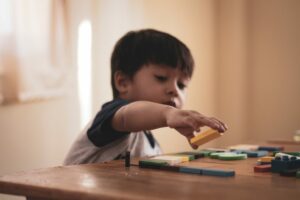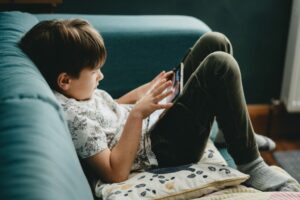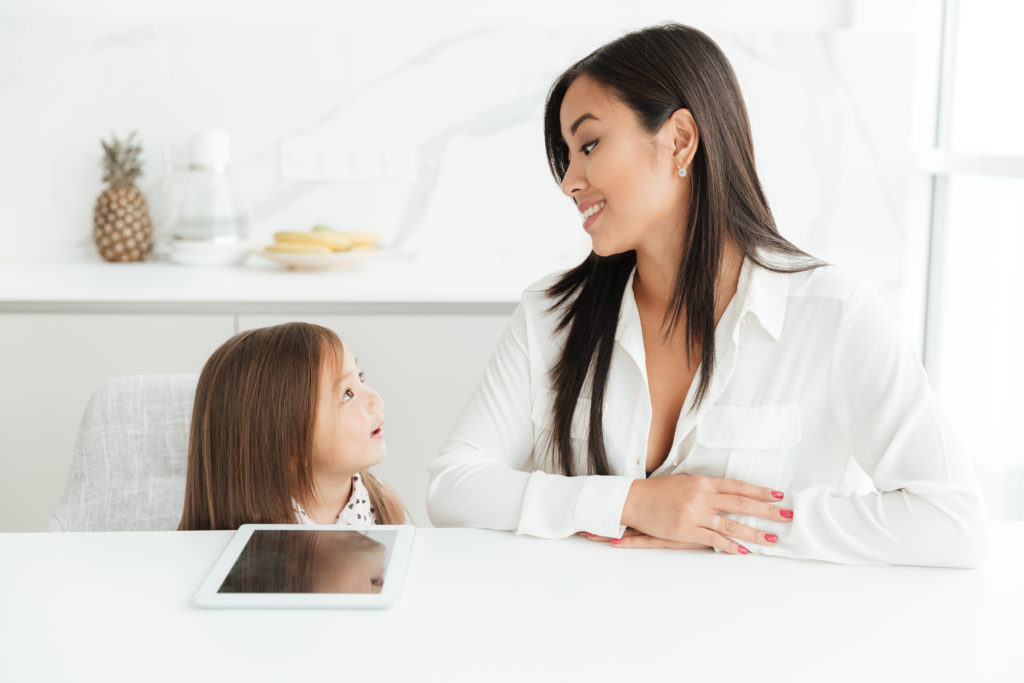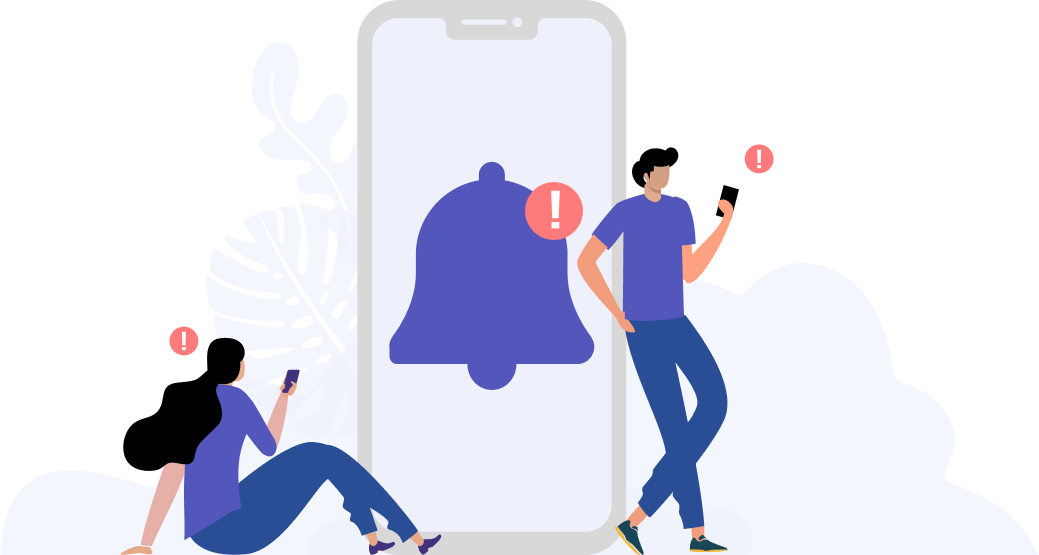3 Ways to Balance your Child’s Home-Based-Learning (HBL) and Screen Time

These days, back to school means Home-based-learning (HBL). For parents, part of conquering this new territory should also entail effectively managing children’s screen time.

Last Wednesday, the Singapore Government kickstarted a month-long Home-Based-Learning (HBL) exercise as part of its measures to curb the spread of Covid-19.
Like Singapore, nations worldwide have implemented new HBL measures, using technology as the primary tool to facilitate the successful transition.
Conquering new territory
The move to HBL signifies a whole new lifestyle change for children and parents and can be quite challenging. A big part of conquering this new territory is getting familiar with information and communication technology.
And it doesn’t just end there.
Parents also have to help their children manage multiple online classes a day, set up a daily routine which allows them to stick to their online lesson plans without any distractions, and know how to balance it all without compromising their mental and physical health.
Technology is helping everyone remain productive during their stay home notice, with our digital devices acting as an almost perfect proxy for our regular lifestyles; almost being the operative word.
The migration of our working and schooling lives to the online world, coupled with using screens for everything from entertainment to communication is naturally contributing to an increase in screen time for adults and children alike.
In fact, a subgroup analysis of the plano Time Machine’s cohort of youths, adults and children shows that for these age groups, average daily screen time has increased by an hour!
What does this mean for our children?
Think about your children’s daily routine these days. Are they spending hours on end taking up a permanent spot on the couch, mobile devices in hand? If their day looks like this, their mental and physical health may be significantly affected in the long run.
A four-year study by the University of Hong Kong found that children who spend more than 2 hours a day on screens have a higher chance of developing behavioural issues and being overweight. Beyond that, excessive screen time is linked to musculoskeletal disorders and significant eye health problems like myopia and digital eye strain.
As such, it is imperative that we manage our children’s screen time, and to do it now, especially in light of the current stay-home measures.
Overcoming the challenges
What can you do to help your child develop a well-balanced HBL routine?
1. Create a routine that is holistic
A holistic HBL routine entails allocating time slots for your children to get up and move and engage in physical activity, art, and music sessions.

If your children’s teachers have already created lesson plans that include these sessions, ensure that they stick to them. If these screen-free subjects do not require your children to submit any assignments or be quizzed, it is especially important that you take the lead and encourage your children to complete these sessions each day.
2. Remember that HBL doesn’t just mean e-learning
HBL includes both e-learning and offline learning. According to the Ministry Of Education’s (Singapore) Parent Kit, HBL can also include hard copy assignments (worksheets or textbooks) and E-mail messages (notes or worksheets through e-mail).
Hence, it is not necessary for your children to spend an entire day on their computers.
When they do have do their e-learning, ensure that they follow these eye health guidelines:
Adequate face-to-screen distance, i.e. at least 60cm between the face and computer screens and 30cm when using smart devices.
Take at least a 15-minute break after 2 hours of device use
a screen location of 15 – 20 degrees below eye level
3. Keep it simple
Do not be too hard on yourself or your children if they are unable to stick to their HBL routine. If your children find their days too packed with lessons, it would be worthwhile for you to take a second look at their workload to make it more manageable.
Each child is different, so take this opportunity to learn how your children work and tailor their routine to their needs.
Setting up a holistic learning and play environment is key
By now, your children’s initial excitement at the prospect of staying home would have died down. As they look for more ways to entertain themselves, you may be struggling with finding device-free ways to occupy their time, especially if you are stuck indoors.
For many parents, streaming services like Netflix and Disney Plus have become attractive ‘digital pacifiers.’ As such, our children continue to rack up hours upon hours of screen time each day, greatly impacting their health in the long run.

In order to effectively avoid such a scenario from unfolding, it is up to you to set up a holistic, engaging learning and play environment at home. It should empower them to maintain a balanced and safe relationship with their devices.
Take advantage of this time period; your little one’s HBL this month may turn out to be just the opportunity you needed to set them up for a lifetime of healthy eye care and device use habits!
Tools Designed for Healthier Eyes
Explore our specifically designed products and services backed by eye health professionals to help keep your children safe online and their eyes healthy.





